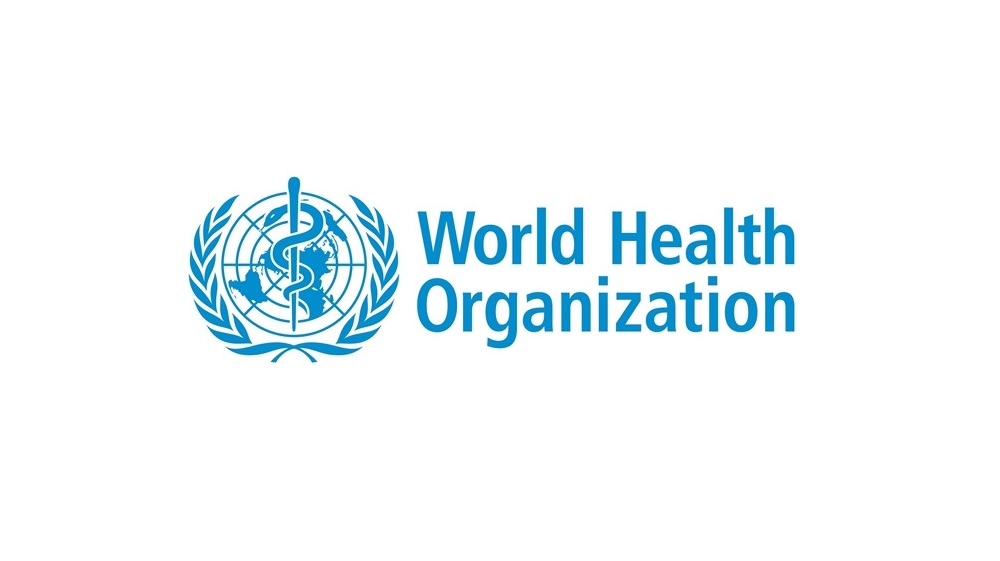WHO agrees global effort to eliminate viral hepatitis by 2030

All of the World Health Organisation's (WHO) 194 member states have voted to eliminate viral hepatitis by 2030 as part of a global strategy, saying this goal has been made possible thanks to new drugs for hepatitis B and C.
WHO members, meeting at the 69th World Health Assembly, set a goal of eliminating hepatitis B and C by 2030 and included a set of prevention and treatment targets which, if reached, will reduce annual deaths by 65% and increase treatment to 80%, saving 7.1 million lives globally by 2030.31
There are vaccines and effective treatments for hepatitis B, and a cure for hepatitis C, available. Only on Friday, Gilead's latest combination therapy, offering a cure without serious side effects for all six genotypes of hep C, was recommended for approval by European regulators. It is also under review in the US.
The WHO's decision was welcomed by the World Hepatitis Alliance, which noted that viral hepatitis kills 1.4 million people every year, more than HIV or malaria, and is among the leading causes of liver cirrhosis and cancer.
But thanks to the treatment options for both diseases, the targets outlined in the Global Viral Hepatitis Strategy are achievable by 2030, the Alliance, a non-profit patient organisation, said.
But there is work still to be done – the Alliance said 125 WHO member states lack strategies to tackle the disease. It added that it and the 230 member states where it is active will ensure countries honour their commitment and implement measures to reach their targets.
On World Hepatitis Day – 28 July – the Alliance will launch NOhep, the first global movement aimed at galvanising support towards elimination of viral hepatitis by 2030.
The WHO also adopted two other global health strategies - for HIV and sexually transmitted infections. The HIV strategy aims to accelerate expansion of access to antiretrovial therapy to all people living with HIV, aiming to reduce HIV-related deaths to below 500,000, to get rates of new HIV infections below 500,000, and to ensure zero new infections among infants.
The STI strategy stresses the need to scale up prevention, screening and surveillance, in particular for adolescents and other at-risk populations, as well as the need to control the spread and impact of drug resistance.
Related stories:
EU regulators back new interferon-free Hep C combination pills












